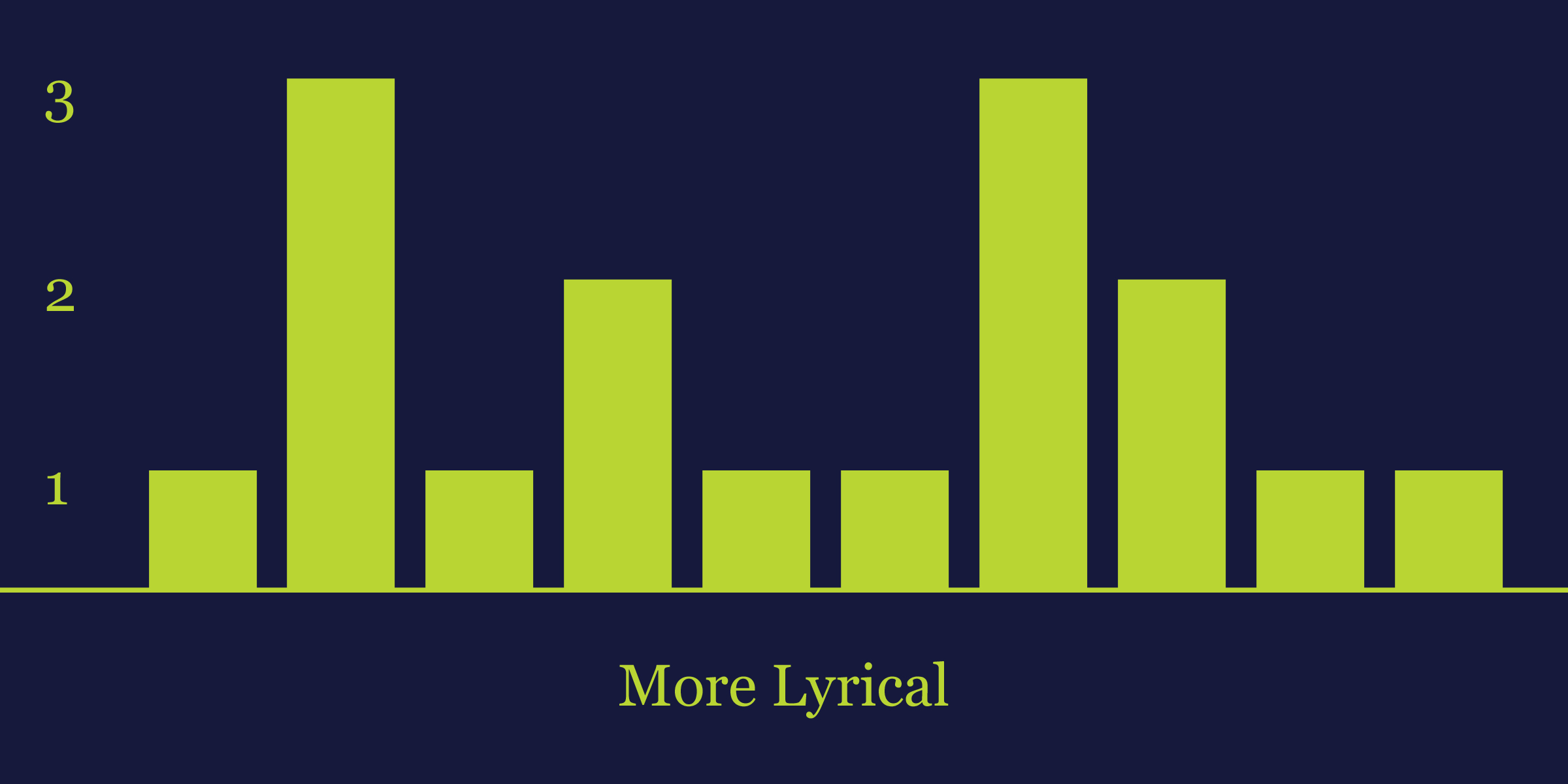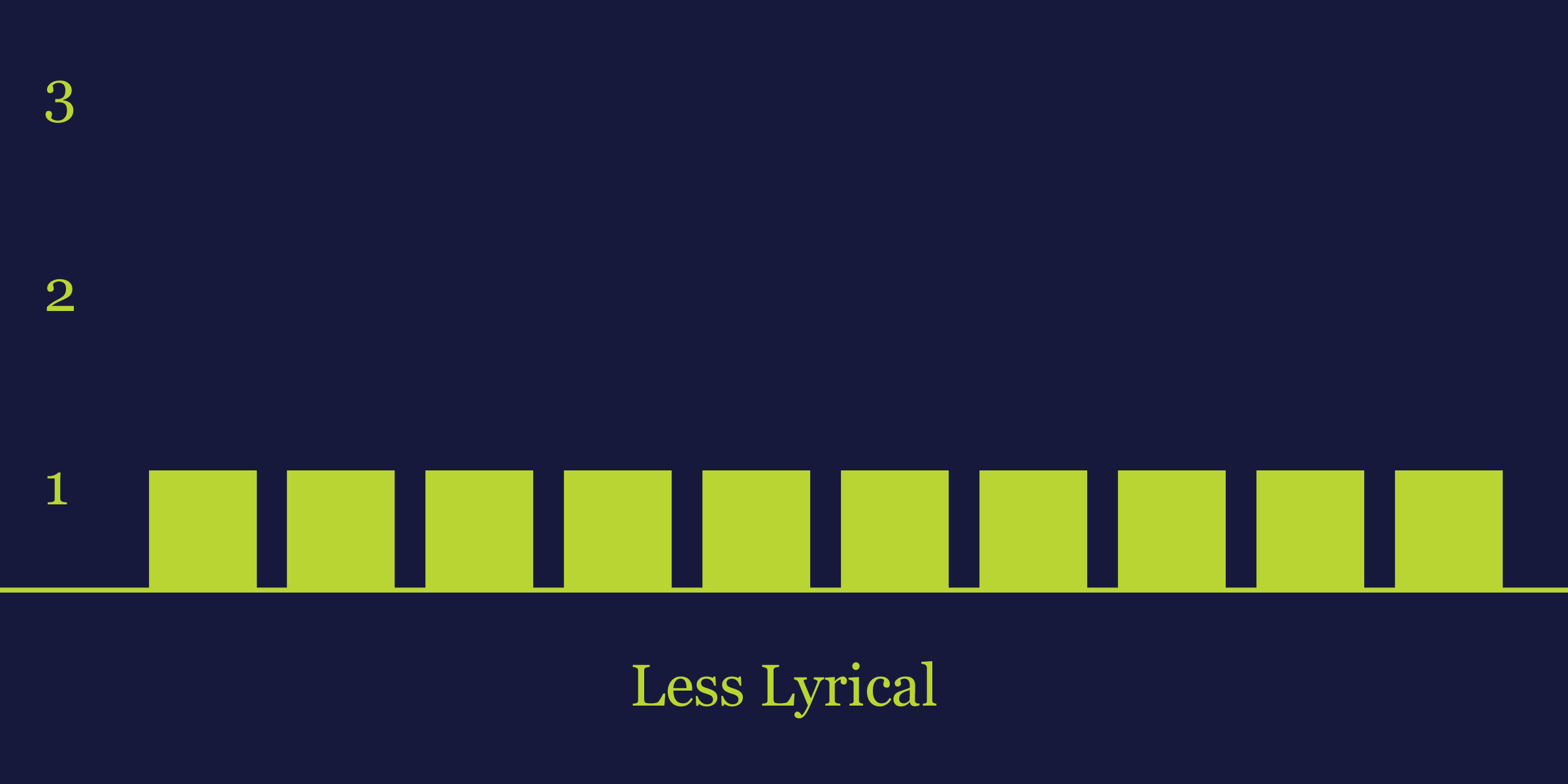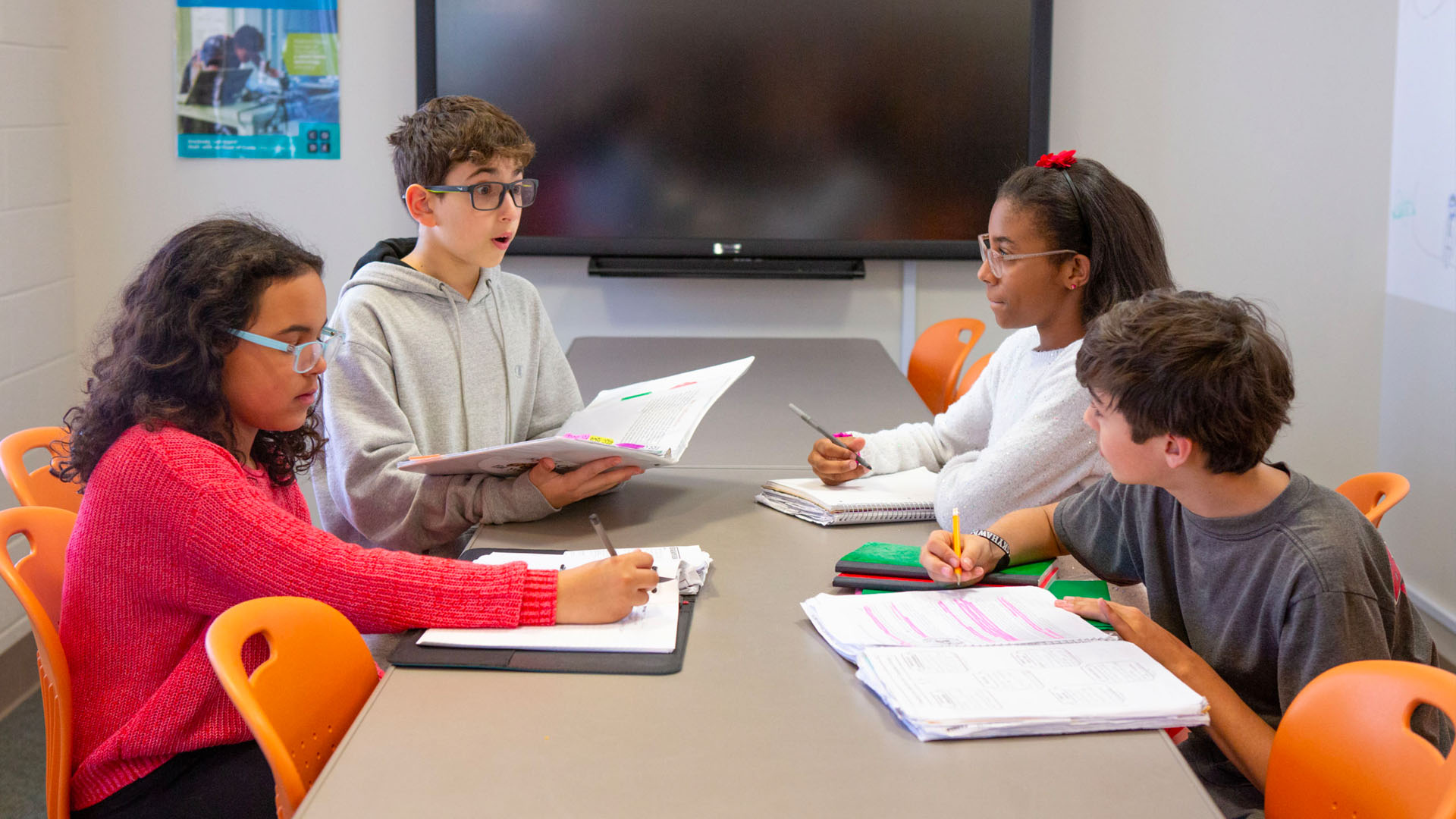Oscar-winning screenwriter Aaron Sorkin’s dialogue, lined with repetition and iambic meter, has always been soaked in musicality. “What words sound like is as important to me as what the words mean,” he said.
Regular ole sentences, like dialogue in a script (like how a loquacious family member story-tells to a beat), can have natural rhythms to them. By singing the words, one can become more aware of those rhythms. (Maybe you know someone who sings when they talk.) The same applies to counting the syllables.
By counting, a reader or performer can emphasize specific syllables over others and increase any created rhythms by adding or removing words from a sentence.
Basically, you can make music, without instrumentation or back-up singers or even a microphone. This is what this blog is about.
Making Music Without Instruments…
By Counting Syllables
I’m William Bryant Rozier. And I teach middle school students filmmaking with the help of English principles…to make an animated film. The project/film is called Dare Cycle.
My writing has always been rhythmic and lyrical, ever since college (when it first got noticed); it’s probably the one consistent compliment I’ve always received. Whether my writing was good or not… it, at least, sounded pretty.
I equate that to being a careful listener to people like my Dad who sang and performed when he talked, who was very musical without actually making music. He loved repetition: “How many hears to do you hear?” I grew up hearing syllables, alliterations, and natural rhythms inherent to creative and excitable storytelling. Like the Sorkin quote, I’ll write for how something sounds as much as writing for the content.
(It works some in journalism. Works best with poetry and prose. When I make ringtones, I write the lyrics before finding the beats.)
I had one middle school student last school year who wanted “to make sick beats” as a job. So I started him with the basics. Counting syllables so he could hear them.
Research for this lesson was also adapted from the amazing Insider.com article.
HEARING & COUNTING RHYTHM – INSTRUCTION
Two of our Dare Cycle students spent the Spring school term earlier this year writing our script, based on character work from the previous Fall term. One of our characters, a Fashionista named Isabella, says at a critical juncture:
“The announcement at school… the book volunteer…
that was me.”
Take a listen.
Here’s how the surface-level, syllable count breaks down:
The 1
announcement 3
at 1
school 1
the 1
book 1
volunteer 3
that 1
was 1
me 1
But there are hidden syllables in almost all of the words. The word school, for example, can be separated into its various sounds: “sch” and “ool.” This would add to the musicality of the sentence. You can emphasize each sound, if need be.
Basically, you want your sentence to have a “peaks and valleys” syllable effect.

The more peaks and valleys you have, the more musical your sentence. That means writing or including the juxtaposition of one-syllable words that clash against words with three (or more) syllables. It comes down to CONTRAST storytelling. If you want to show how something is SMALL, compare it to something BIG. You may need the SMALL (a one-syllable word) and BIG (a three-syllable one) together as a comparison to tell that musical story.

If you had a sentence with only one-syllable words, it would look flat and boring. A robot without a personality could do voice-over with that script.

I’m not saying it can’t be done, but you would have to infuse some personality on a sentence like that to make it lyrical.
The easiest way to add rhythm to anything is through repetition. Think of Spike Lee doing his Mars Blackmon character in a Nike commercial: “It’s gotta be the shoes, money, it’s gotta be the shoes. The shoes… the shoes… the SHOES.” But not all writers use alliteration. But the rhythm will almost always be there in some form.
MAKING MUSIC – ACTIVITY
In the third act from our script, the monster communicates through a cell phone. I had my “sick beats” student compile the monster’s short speech using random dialogue from the script.
Note: You can pull random dialogue/sentences from anywhere; might be a cool experiment to take content from various forms of media that aren’t connected with a common through line, like a movie script.
A. But I told you one last night.
B. I’m cool.
C. So, you gonna do it?
D. Because he’s weird.
E. You gotta pay us too.
F. Little kids… like little kids?
G. The library then. It’s close to home.
H. It’s an easy lie.
I. How are you?
J. I’m like craving Doritos, man.
K. Wow, she can run.
L. I got the Spanish books.
M. The announcement at school… the book volunteer… that was me.
N. God please watch over us.
O. You know I made that story up, right?
Next, have the students complete the following questions. Feel free to adapt these to your needs.
1. Pick 3 words that have a 2-syllable count. Then try to make a beat with two of the words, or all of them. Remember, you can emphasize each sound of a syllable.
2. Pick 3 words that have a 3-syllable count. Then try to make a beat with two of them, or all of them.
3. Pick 2 words that have a 2-syllable count and 1 word with 1-syllable. Then try to make a beat with all three.
4. Pick four sentences and make a story.
For #4, my student picked the following sentences.
M. The announcement at school… the book volunteer… that was me.
O. You know I made that story up, right?
H. It’s an easy lie.
A. But I told you one last night.
5. Lastly, count the syllables in each sentence so you know the rhythms of each word and sentence.
MOHA (the above grouping) is the sentence that our monster will be saying in the movie, without a beat (because it doesn’t need music). It’s “sung” by one of my students.
ONE MORE THING: YOU COULD ALSO
Obviously, the closest cousin to all of this work is to incorporate a music lesson. I find it best if you want to really embrace hearing/counting syllables is to write the lyrics first before finding the music. But you could have fun with music students by having them create random instrumentation then try and find the right beat for the lyrics. If the lyrics are really musical (or close to it), you’ll be able to find a home.
It’s the one thing I never had a chance to do (because my “sick beats” student graduated) was to actually create the beats. If you do this lesson, I’d love to hear what you created. Hit me up at eggsmp3@gmail.com.
Watch all the pieces come together in this video.
Resources
Please login or register to claim PGPs.
Alternatively, you may use the PGP Request Form if you prefer to not register an account.



